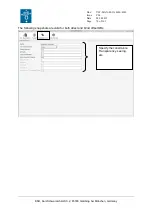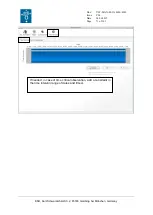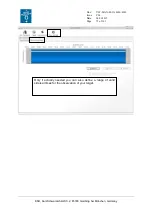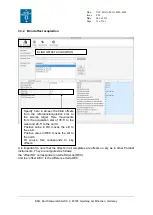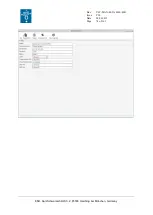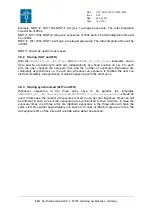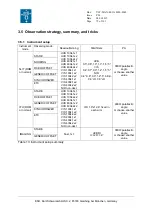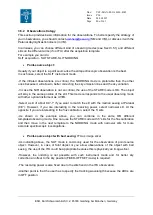
Doc:
Issue
Date
Page
VLT-MAN-ESO-14650-4942
P96
24.06.2015
84 of 161
ESO, Karl-Schwarzschild-Str. 2, 85748 Garching bei München, Germany
4.
The XSHOOTER imaging mode
Main contributors: C. Martayan, A. Mehner, G. Beccari, E. Pena, W. Hummel, A. Modigliani,
A. Smette, and the X-shooter IOT
Overview
X-shooter remains foremost a set of spectrographs, but a simple imaging mode with limited
functionalities is offered to the community starting in P93. The imaging mode uses the 4
th
arm of X-shooter that corresponds to the Acquisition and Guiding (A&G) camera and its set
of filters. Acquisition images have already been used in past periods to obtain reference
photometry to flux calibrate spectra in addition to the usual spectrophotometric observations.
Other applications have been the determination of magnitudes of transient objects such as
GRB counterparts, supernovae, and variable objects (e.g., stellar binaries and stars with
exoplanets).
With the implementation of the imaging mode in P93 only one acquisition snapshot is saved
(and not after each applied offset as was previously the case). For direct target acquisition
one snapshot will be saved once the acquisition process is finished. In case of a target
acquisition using a blind offset one snapshot will be saved at the end of the acquisition of the
reference star and one after the blind offset is performed.
Detector characteristics, filters, and zeropoints
The A&G unit consists of:
A Pelletier cooled, 13 µm pixel, 512x512 E2V broad band coated Technical CCD57-10 onto
which the focal plane is re-imaged at f/1.91 through a focal reducer. This setup provides a
plate scale of 0.174”/pix and a field of view of 1.47’x1.47’.
A filter wheel equipped with a full UBVRI Johnson filter set and a full Sloan Digital Sky
Survey (SDSS) filter set.

